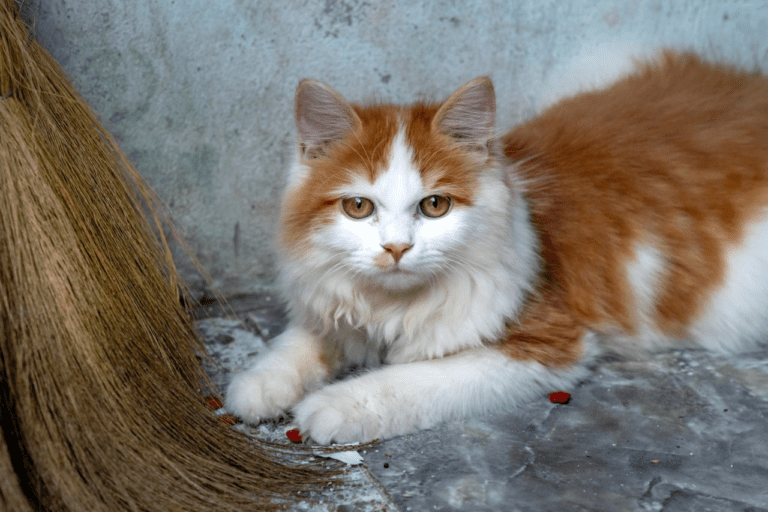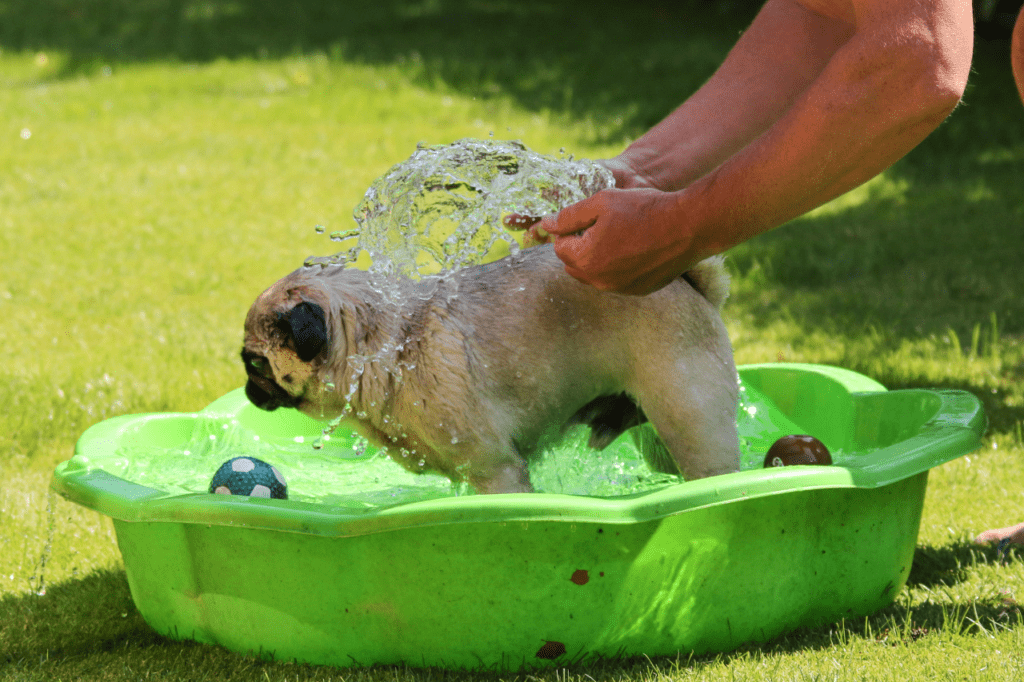Have you ever noticed that your cat’s fur is a different colour in certain areas? Perhaps the fur around their eyes and nose is darker than the rest of their body or maybe you noticed a white patch on one side of its face. It can be easy to get confused about why this happens, but it’s actually quite simple. Let’s explore why your cat’s fur might be different colours.
The Genetics Behind Multicolored Fur
The colour variations in a cat’s fur are determined by their genetics. To understand why, we must look at melanin, the pigment responsible for hair colour. Cats can produce two types of melanin—eumelanin and pheomelanin—which create different shades and patterns when combined in various ways.
Eumelanin is responsible for black, grey, and brown colours; pheomelanin creates yellow, red, orange and cream hues. When these pigments combine in one area of your cat’s body they form different shades resulting in what looks like multiple colours on one single coat! For example, if your cat has lighter fur around its face but darker fur on its back, it’s likely because it has both eumelanin and pheomelanin concentrated in those areas.
Genetic mutations can also result in multicoloured coats with unusual patterns such as tabby stripes or spots of white or cream fur along the belly or legs. The most common type of mutation is known as brindling which results in a mix of black-and-brown stripes to create a tiger-like appearance. In certain breeds such as Bengal cats, this brindling effect is intentional and purposefully bred into the genetic line to develop cats with striking coat patterns.
Another interesting fact about multicoloured coats is that no two cats will have exactly the same pattern! Your pet’s unique combination of eumelanin and pheomelanin makes up their specific colour palette – so even if another cat appears very similar to yours they will still have subtle differences that make them special!
The Role of Temperature
Another factor that influences the colour of your cat’s fur is temperature. You may notice that certain areas are darker or lighter depending on where they are located on the body; for instance, cats often have lighter bellies because it helps to keep them warm during cold winter nights. Similarly, you might notice that dark patches tend to appear around their eyes and nose as a way to protect against UV rays from the sun.
Changes Over Time
Your cat’s fur will change over time as well; for instance, kittens tend to be lighter than adults because they haven’t grown into their full coats yet. Additionally, when cats age they often experience greying or whitening of the fur due to changes in production of eumelanin and pheomelanin pigments with age. Lastly, cats who experience stress may also show signs of discoloration such as bald spots or dullness in their coat due to excessive grooming caused by anxiety or fear.
Whether your beloved kitty has stripes all over its back or a white patch on one side of its face—or any other combination—it’s important to remember that these variations are perfectly normal! This unique pattern is simply part of what makes your pet special and no matter what it looks like now, chances are it will look different as time goes on! So enjoy every single moment with your feline friend—no matter what colour or pattern its coat takes!











Recent Comments